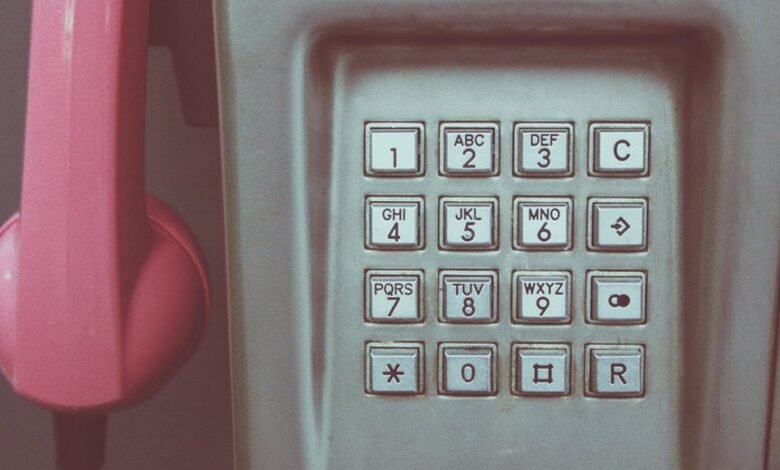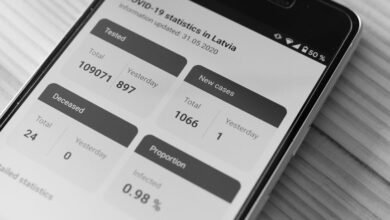Recent Caller Records: 2342311874, 2392371882, 2402243841, 2405586642, 2406162255, 2406183584

Recent caller records reveal a set of numbers that warrant scrutiny: 2342311874, 2392371882, 2402243841, 2405586642, 2406162255, and 2406183584. These calls could represent either spam or legitimate contacts. It is essential to analyze their origins to determine their nature. Understanding these numbers can help individuals manage their communications more effectively. What steps should be taken next to discern the true identity behind these calls?
Identifying Spam Calls: Numbers to Watch Out For
How can individuals effectively discern spam calls from legitimate ones?
By recognizing spam call characteristics, such as unknown numbers, generic greetings, and pressure tactics, one can protect their privacy.
Utilizing call-blocking apps and registering with do-not-call lists aids in avoiding robocalls.
Awareness of these traits enables individuals to make informed decisions, fostering a sense of freedom from unwanted interruptions.
Legitimate Contacts: Who Should You Trust?
Determining whom to trust among a sea of contacts can be challenging in an era rife with misinformation and unsolicited communications.
Individuals must prioritize identifying trusted sources while engaging in verifying identities before establishing connections. Relying on established networks and known affiliations enhances the likelihood of legitimate interactions.
Consequently, discerning trustworthy contacts becomes essential for maintaining autonomy and ensuring meaningful communication in a complex landscape.
Tips for Managing Your Caller ID and Records
While modern technology has made communication more accessible, managing caller ID and records requires a strategic approach to ensure clarity and security.
Effective caller ID management involves utilizing apps that filter unknown numbers and organizing records systematically. Regularly updating contact lists and categorizing calls can help maintain privacy.
Adopting these practices fosters a sense of control and freedom over personal communication.
Conclusion
In the digital landscape where communication swirls like autumn leaves, discerning the genuine from the misleading becomes essential. The numbers examined—each a potential harbinger of spam or a trusted voice—underscore the importance of vigilance. By harnessing call-blocking apps and verifying identities, individuals can transform their phones into shields against unwanted disruptions. As one navigates this intricate web of connections, a proactive approach ensures that only meaningful conversations flourish, while the noise fades into the background.





